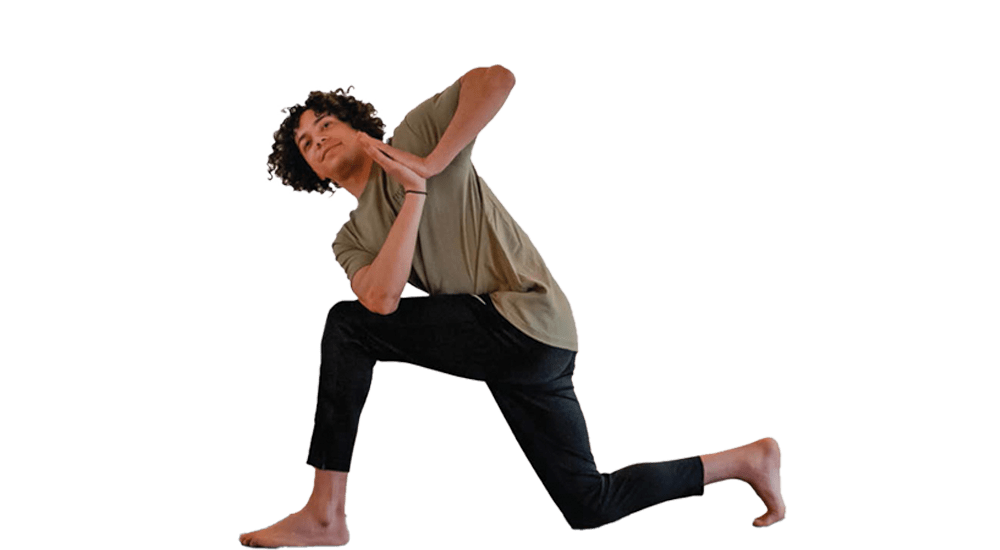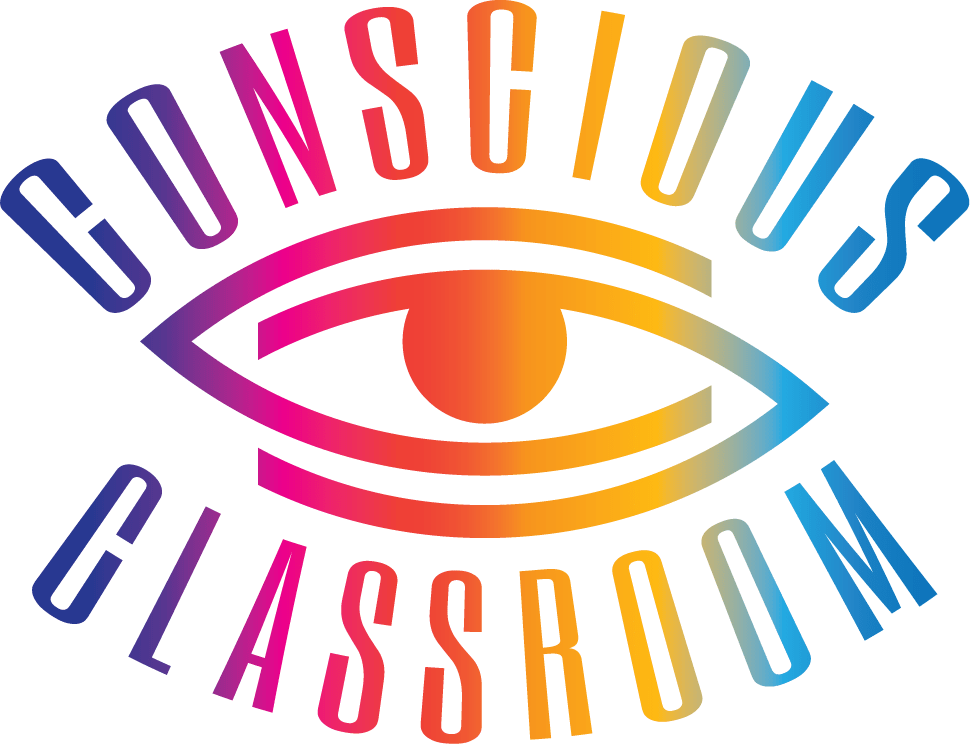Conscious Classroom™ Curriculum
High school students benefit from gaining proficiency in the 5 SEL core competencies through applying the 12 modules of Conscious Classroom™ Curriculum
to their daily lives:

Mindfulness Skills
How to Self-Monitor their Feelings
Expand their Emotional Vocabulary
Build Empathy for Each Other
Begin to Understand Who They Are

12 Easy to Use Modules
Our 12 Modules can be utilized and combined in any order to tailor our curriculum to your specific needs and learning style. Within the design of each module, we’ve created easily-accessible, interactive activities that teach and awaken mind-body awareness.
Hover over each module card to see a short description.
Experiment with what works for you!
1: Breathwork → FREE ←
Breathing is involuntary. We don’t need to think about it, so most of the time we don’t. In yoga when we use specific exercises to control breathing, it’s called breathwork, or in Sanskrit, pranayama. Prana translates to life force and Ayama translates to our co-participation. The way it works is simple.
1
Breathwork
→ FREE Module ←
2: History of Yoga
Where did we come from? At some point in history human beings asked themselves this question. When our ancestors transitioned from living as nomaic hunter-gatherers to settling down in villages, they began making major advances such as farming, irrigation, and what would later become writing.
2
History of Yoga
3: Philosophy of Yoga
Yoga is a series of physical, mental, and spiritual practices that originated in ancient India, aimed at quieting the mind. The poses and postures denoted by the word “yoga” were originally developed to stretch one’s muscles in order to sit in meditation longer.
3
Philosophy of Yoga
4: The Eight-Limbed Path of Yoga
About 1,800 years ago in ancient India, a sage by the name of Pata jali wrote the Yoga Sutras, the essential text on yoga philosophy. Pata jali outlined the Eight Limbs of Yoga as guidelines for living a meaningful and purposeful life, a path out of pain and suffering, and a tool for mastering the mind.
4
The Eight-Limbed Path of Yoga
5: Mindfulness and Meditation
Our minds love to think. They take the job very seriously sometimes. Overthinking is human nature, but it can be problematic, especially when we’re trying to concetrate or be present. Since we’ve evolved to evaluate everything in our environment in order to stay safe, it’s normal to follow our thoughts as our minds wander.
5
Mindfulness
and Meditation
6: You and Your Brain
The ancient practice of yoga was devloped to encourage the health of the mind as a way to connect to inner wisdom and access the power of the brain. It encourages us to utilize our brains in healthy ways. Because our brain is ther machine responsible for creating what we perceive as our mind, we should learn more about it.
6
You and Your Brain
7: Neurotransmitters
As you are reading this, minding your own business, innumerable chemical reactions are occurring inside your brain. These reactions transport very important messages! The nerve cells inside your brain called neurons are responsible for sending these messages. Your growth, development, sleep, and even love are dependant on the messages.
7
Neurotransmitters
8: Systems of Your Body
Just like the world around us, our body contains many systems. Yoga is one of the ways we can support the health and function of our systems. Focusing on our breath helps to support not only our respiratory system, but our nervous system too. Having stronger lungs brings an endurance and overall vitality, building on prana or “life-force” in the body.
8
Systems of
Your Body
9: Energy in Your Body
Your energy is precious. It’s a valuable commodity. Especially when you’re sick or over-tired —it’s the thing you want more than anything — so you can get back to doing the things you love to do. The study of yoga is the study of energy in your body. Your yoga practice can bring more awareness to your energy centers, help you harness your energy, and strengthen it.
9
Energy in Your Body
10: Elements and Senses
Can you remember an important moment in your life in crystal clear detail? Our brains hold onto sensory data — this is how we remember things. Our sensory connection to the world — be it aural, visual, textural, and so on — can be a powerful tool to bring us into the present moment, building upon our conscious awareness and keeping us mindful.
10
Elements
and Senses
11: Yoga Poses
In yoga, we learn to manage our energy at the same time as we learn to discipline our minds and bodies. Practicing a pose brings an experience of mindfulness every time it is done. Even if the pose is only held for just a few moments, the full range of balance and strength, concentration and breathwork is felt in the body and experienced in the mind.
11
Yoga Poses
12: Journal Prompts
Through the previous modules, you are gaining a stronger understanding of yourself, your potential, and your worth. Our desire is that you can settle into yourself, reflect on your life, and begin asking deeper questions. Writing down your thoughts — journaling — helps us stop and take time to assess, support our needs, and find our true selves.
12
Journal Prompts
The Mindfulness, Movement and Yoga Curriculum from Conscious Classroom™
encourages students to:
Answer questions that encourage reflection
Listen to guided meditations that calm the mind
Move their bodies in ways that inform them about themselves
Participate in breathwork, meditation, and mindfulness exercises
Share with one another in a safe space
Write or draw if that allows for easier comprehension
How We Help:
Listen and see how the Conscious Classroom™ Curriculum benefits students.

